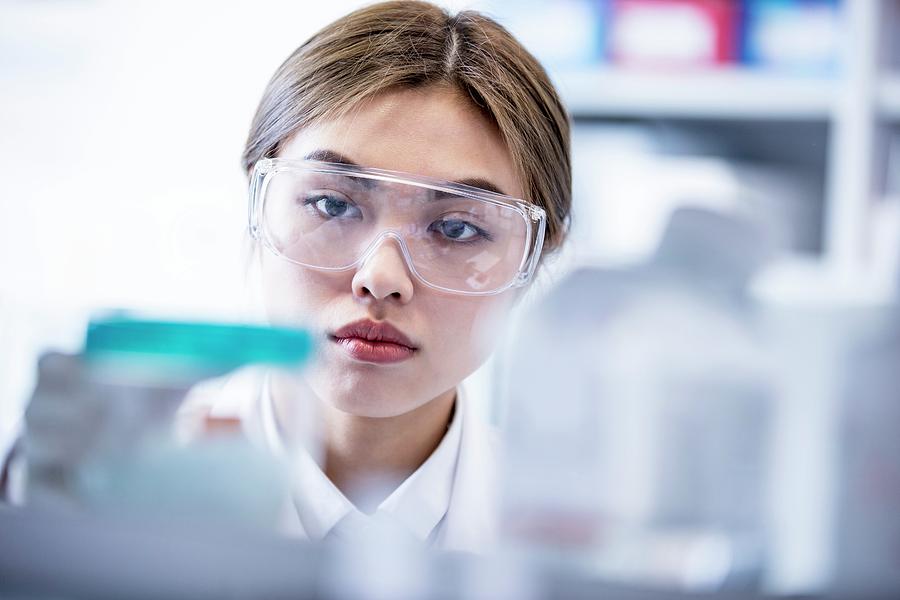What is acne?

This is something that everybody in the world, no matter what race they are, no matter where they come from, and not even age could make a difference. The only difference might be the amount of acne distributed to each individual. Any medical and health sciences University students who are pursuing skin-related professions should get this as common knowledge.
Acne is a popular skin condition among people when the hair follicles below their skin are blocked with sebum. This is the oil that maintains the skin’s moist level, preventing the skin from getting dried and cracked. The sebum will clog and build up if the dead skin cells clog the pores, leading to lesions outbreak which is also known as pimples or zits. The common areas where it is sensitive enough for the outbreaks are facial areas. However, it is not limited only to people’s faces but can also take place on the back, chest, and shoulders.
As one kind of infection caused by the bacteria eating off dead skin cells, acne is an inflammatory disorder of the skin. Deriving from the sebaceous glands connecting to the hair follicle containing fine hair. In most cases of healthy skin, the sebum produced by the sebaceous glands will be discharged onto the skin through small pores on the skin, an opening in the follicle. Keratinocytes are a type of skin cell that is mostly discarded to the skin surface, its function is to line the follicle. When acne occurs, the keratinocytes, the hair, and the sebum will clog together within the pore, blocking the pore, and generating small packs of white substance. This allows bacteria living on the skin to access, feed on the packs, reproduce and cause inflations: redness, swelling, heat, and pain. Therefore, when the acne pack breaks, the substances with bacteria will enter close to the skin pores and cause infections which give birth to new acnes.
Who could get it?
As aforementioned, people of all ages, genders, and regions could have it, however, the skin condition most often happens in teens and young adults. It is more common in males during their teenage years and puberty. Most people’s acne will decrease when they get older, but the acne can still follow people into their adulthood, which is more common in women.
What are the causes?
Some main causes of acne could be:
- Excess or high production of sebum within the pore.
- Accumulation of dead skin cells in the pore.
- Growth of bacteria in the pore.
Here are some additive conditions that increase the potential of people having acne and worsen the acne:
Hormones: this could be seen in most teenagers as they are having their biggest changes in the hormone system which make their voice deeper, grow more hairs, and generate more dead cells, which happen stronger in males. The changes and increases in the hormone level will make the sebaceous glands grow bigger and produce more sebum. Additionally, hormone changes during pregnancy could also increase the risk of acne.
Family history: this is more of a genetic inheritance if parents or any family member have acne, researchers believe that people might be more likely to have acne too.
Medications: certain types of medications could cause hormonal changes, generate more heat, and generate acne. Such as those that contain: hormones, corticosteroids, and lithium.
Age: anyone of any age could get acne, and teens are the most affected by puberty as aforementioned.

